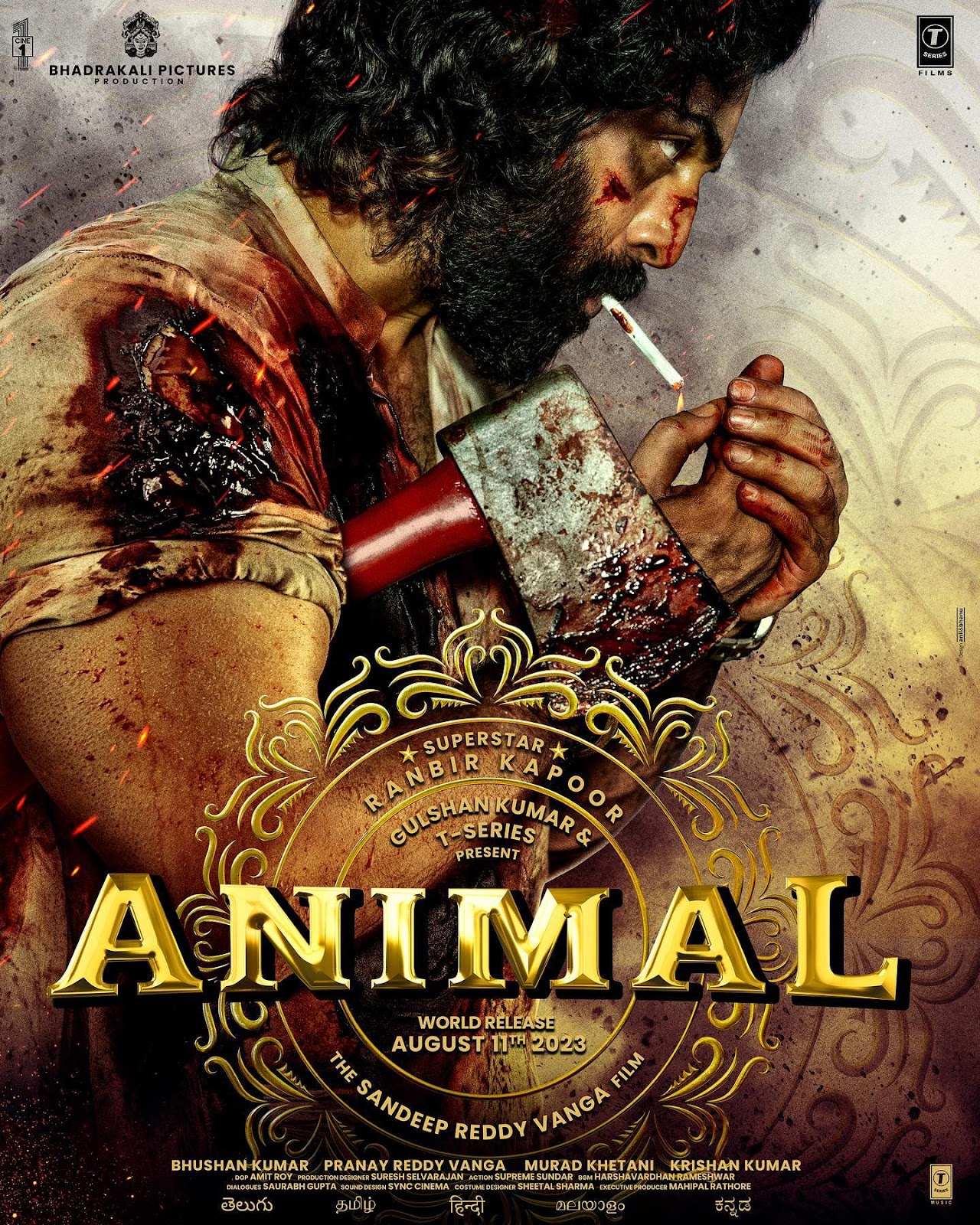Why does Hollywood continue to revisit stories that have already been told with such brilliance? The new adaptation of The Crow in 2024 is a glaring example of why some narratives should remain untouched. Released three decades after its original masterpiece, this version fails to capture the raw intensity and emotional depth that made the first film unforgettable. Instead, it stumbles under the weight of its own ambition, offering little more than a hollow echo of what once was. For fans who cherished Brandon Lee's portrayal of Eric Draven, this remake might feel like an unwelcome intrusion into sacred cinematic territory.
The failure of The Crow (2024) lies not only in its inability to innovate but also in its disregard for the source material's essence. James O'Barr's graphic novel demanded respect and reverence, qualities sorely lacking here. While technology has advanced significantly since 1994, visual effects alone cannot compensate for weak storytelling or uninspired direction. What results is a movie that feels neither necessary nor engaging—a wasted opportunity on multiple levels. In contrast, other films tackling themes of transformation and identity have succeeded spectacularly by grounding themselves firmly in character development rather than spectacle.
Consider David Cronenberg’s The Fly from 1986 as another case study in effective adaptation. Unlike The Crow (2024), Cronenberg managed to elevate his source material through meticulous attention to detail and thematic exploration. With performances by Jeff Goldblum and Geena Davis anchoring the narrative, the film delves deep into questions of human fragility, scientific hubris, and existential dread. It remains relevant today because it dared to confront uncomfortable truths while maintaining artistic integrity. Even decades later, audiences still find resonance in Seth Brundle’s descent into monstrousness—not merely due to special effects but because of how relatable his plight becomes over time.
Similarly, documentaries such as National Geographic's Fly offer powerful reminders of humanity's capacity for risk-taking and resilience. By chronicling the lives of BASE jumpers intertwined within relationships, the film captures both personal stakes and universal aspirations. These individuals defy gravity not just physically but emotionally too, grappling with fears about mortality and connection. Their journeys remind us all what it means to live fully despite uncertainty—an idea explored less effectively in certain fictional adaptations.
In 1958, Kurt Neumann directed yet another iteration of The Fly, which laid groundwork for future explorations of body horror. Although technologically limited compared to modern standards, its core premise retains enduring appeal: What happens when we tamper recklessly with forces beyond comprehension? Both versions share common ground regarding ethical dilemmas posed by scientific progress yet diverge stylistically based on era-specific constraints and opportunities available during production.
Fast forward to present day where projects like Fly Me To The Moon (2024) attempt blending romance with space exploration—a concept intriguing enough at surface level but requiring deft handling to avoid clichés. Featuring Scarlett Johansson and Channing Tatum, the story pits professional ambitions against interpersonal connections amidst high-stakes missions. Whether successful depends largely upon execution—whether characters evolve organically alongside plot developments instead of being overshadowed by spectacle.
Some films resonate deeply even years after initial release, becoming touchstones for generations. Take Fly Away Home, which captivated young viewers including one Guardian writer reminiscing about their experience watching it aged twelve. Initially perceived solely as celebration of nature’s beauty, retrospective analysis reveals deeper layers addressing grief recovery and empowerment amid adversity. Such multi-dimensional storytelling ensures lasting impact long after credits roll.
Meanwhile, events like the annual Fly Fishing Film Tour continue bridging gaps between niche interests and broader audiences worldwide. Now entering its nineteenth year, the tour showcases best fly fishing films globally, connecting communities through shared passions. From North America to Europe, Asia-Pacific regions, Africa, and beyond, participants engage in cultural exchange facilitated by universally understood language of adventure and passion.
Ultimately, whether discussing superhero tragedies, sci-fi metamorphoses, extreme sports chronicles, interstellar romances, coming-of-age dramas, or outdoor escapades, quality prevails regardless genre boundaries. Each type requires commitment towards authenticity coupled with creativity ensuring message transcends medium limitations. As evidenced repeatedly throughout history, great movies emerge not necessarily from grand budgets nor cutting-edge technologies but rather dedication towards telling compelling stories worth remembering.


.jpg)
